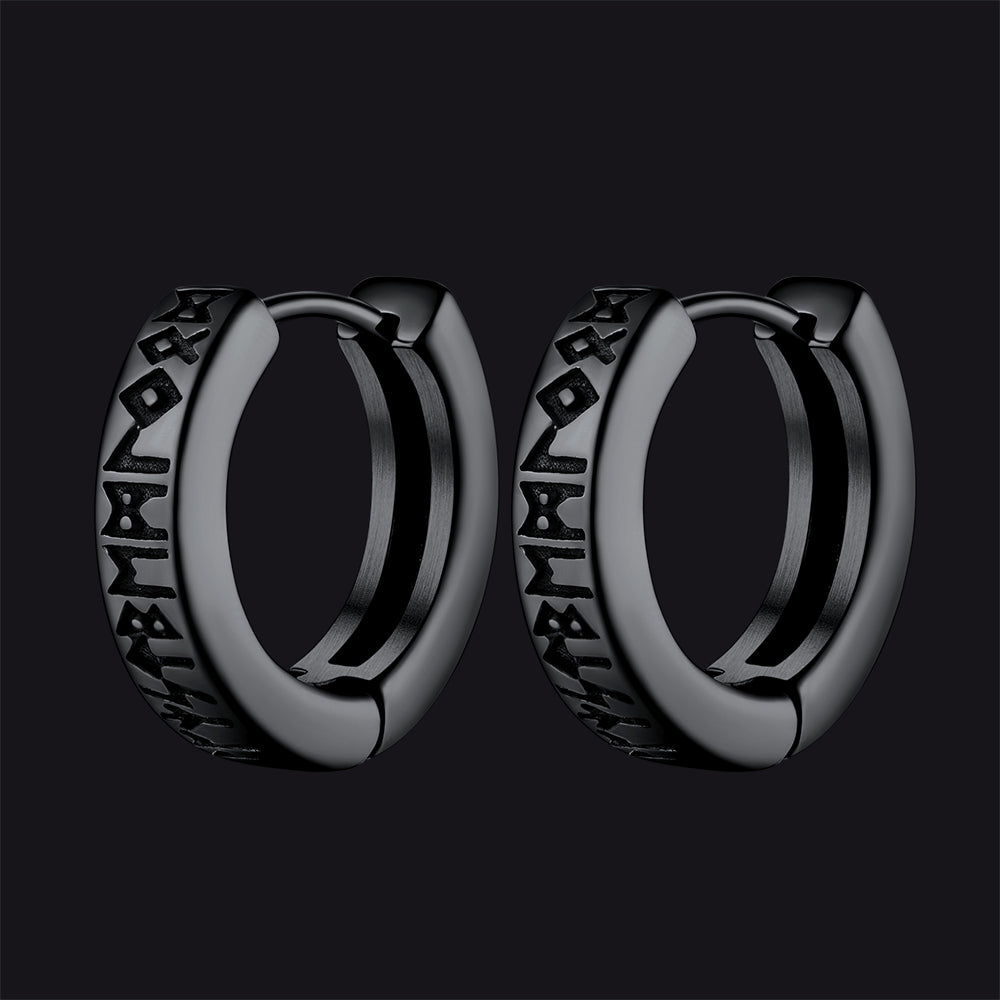From Myth to Mode: How Viking Design Shaped Modern Jewelry
The powerful symbols of the Norsemen have made a comeback in the 21st century. We see their raw, detailed style in movies, fashion, and especially in jewelry. This new popularity makes us ask a deeper question: how did an old style of art create a lasting guide for modern jewelry design? The story is about great skill, powerful myths, and a special ability to mix different cultures.
The Viking Smith's Legacy of Metal and Craft
The reason Viking jewelry is still so popular today is because of the ancient smiths. Their choice of metals and skilled methods created a look that was heavy, solid, and full of detail. This focus on quality and art is a big reason these designs still feel important.
Silver The Viking Standard
For the Norse people, silver was more than a shiny metal. It was very important for their economy and the main material for their jewelry. People wore silver as arm rings, necklaces, and brooches to show their wealth and social rank. Many pieces were made to a certain weight and could be cut into smaller bits called "hack-silver" to use as money. This made their jewelry both beautiful and useful.
Gold The Mark of Power
Silver was for everyone, but gold was for the leaders. It was saved for powerful chiefs and warriors and was a sign of great power and favor from the gods. Getting a gold ring from a leader was a deep symbol of loyalty and honor.
Filigree The Art of Woven Metal
Viking artists were masters of filigree. This is a method of twisting thin threads of silver or gold into fancy, lace-like patterns. It allowed them to create very complex and detailed surfaces on their jewelry. The swirling knots and animal shapes on many old pieces show their great patience and skill.
Repoussé Giving Metal a Third Dimension
Repoussé is a method of hammering a sheet of metal from the back to create a raised design on the front. Viking smiths used this to make detailed faces, animal shapes, and complex scenes on brooches and pendants. This method allowed for bold, impressive designs that were not too heavy.
The materials and methods of the Viking smith were important for the purpose and story of each piece. This mix of usefulness and art created a strong design style that people still admire.

The Powerful Mythology Behind Thor's Hammer Jewelry and Viking Symbols
Viking jewelry was usually not just for decoration; it was a way to wear your beliefs and connect with the gods and fate. The symbols put into the metal were powerful charms, and each one had a deep myth behind it. The popularity of Thor's hammer jewelry today shows that these old stories still connect with us.
Mjölnir The Symbol of Divine Protection
Thor's hammer was a symbol of protection, strength, and order against chaos. A Mjölnir charm was a very common piece of jewelry in the Viking Age. People of all kinds wore it to feel safe and ask for the god's protection in a dangerous world.
Valknut The Knot of Odin's Chosen
The Valknut jewelry symbol is made of three connected triangles and is linked to the god Odin. It is found on old stones and objects related to war and death. People believe it represents a warrior's soul moving on to Valhalla, and it is a powerful symbol of sacrifice and accepting one's destiny.
Vegvisir The Wayfinder's Stave
The Vegvisir comes from 19th‑century Iceland, but it has been widely accepted as a Norse-inspired symbol. This "runic compass" was a magic sign believed to help the person who had it find their way through bad weather. Today, it stands for guidance and finding your path in life.
Rune Jewelry A Language of Magic
Runes were the letters of the Viking alphabet, but each letter also had a special power. Putting a rune on an object was a way to give it a magical quality. Making a piece of rune jewelry was done with a purpose, like asking for courage (Tiwaz), protection (Algiz), or wealth (Fehu).
These symbols made a real connection to the powerful forces the Vikings believed in. It is this deep story and spiritual weight that modern people find so interesting.

The World in a Workshop Cross-Cultural Influences
The famous look of Viking jewelry was not created alone. The Vikings were great travelers and traders, and their trips brought them into contact with many different cultures. Their smiths watched carefully and took art ideas from other places, mixing them into their own special style.
- Celtic Knotwork: From their contact with people in Ireland and Britain, the Vikings learned about the complex, endless knots of Celtic art. They used these patterns and changed them, making these knots a key feature of their own animal-style decorations.
- Anglo-Saxon Animal Motifs: The animal shapes in Anglo-Saxon art, with their long bodies and grabbing claws, had a big effect on the Viking "gripping beast" design. Viking artists used this idea to create active scenes of animals tangled up in fights.
- Eastern European & Islamic Patterns: Viking trade routes went deep into Russia and all the way to big cities like Constantinople and Baghdad. From these trips, they saw the smart geometric patterns and flowing vine designs of Byzantine and Islamic art. These new elements brought a new kind of elegance to later Viking styles.
This ability to take in and change styles from other places is a key part of the Viking artistic talent. Their jewelry is proof of a connected network around the world that existed a thousand years ago.

Echoes in the Present How Viking Aesthetics Reshape Modern Jewelry
The effect of Viking design on modern jewelry is not just about copying. It is a creative talk between the past and today. Modern designers are drawn to the raw power and detail of Norse art, and they use its main ideas in new and creative ways. This ongoing talk is a big part of modern jewelry design.
- Simple Reinterpretation: Many designers make complex Viking patterns simpler, down to their basic shapes. A single clean line might look like the curve of a longship. Or a simple knot pattern might be used to create a nice texture on a modern silver ring.
- A Dialogue of Materials: Modern artists often connect different time periods by mixing old metals with new materials. A classic Thor's Hammer might be made from smooth titanium. Or old runes might be carved on a pendant made of carbon fiber. This creates a fascinating mix of textures and history.
- The Enduring Talisman: Maybe the biggest effect is spiritual. Designers still create jewelry that acts as a personal charm, just like it did for the Vikings. The focus is on making special pieces that give the wearer a feeling of connection, strength, or protection.
The Viking style gives a lot of ideas to today's artists. It offers a powerful choice instead of passing trends, because it is based on history, myth, and ideas that last.
3 FAQs about Viking Jewelry
Q1: Did Viking men and women wear the same jewelry?
A: Some items like rings and pendants were worn by both men and women, but Viking jewelry was often different because of their clothes. Women wore a tunic-like dress held up at the shoulders by two large, fancy brooches. These brooches were often connected by a string of beads. Men did not wear these large brooches. They were more likely to use a single pin to fasten a cloak and wear arm rings to show their wealth.
Q2: What are the main artistic styles of Viking jewelry?
A: Viking art changed through a few different stages. The Borre style (c. 850-950) is known for the "gripping beast" design, where animals grab the frame around them. The Jelling style (c. 900-975) has more elegant, S-shaped animals. Later, the Urnes style (c. 1050-1125) is known for its graceful designs of thin, interlacing animals, often a slim dog-like creature fighting a snake.
Q3: Were Viking symbols always used for protection?
A: Protection was a main purpose for many charms like Thor's Hammer, but Viking symbols were used for many reasons. Jewelry was a clear sign of wealth and social rank; a person with a lot of silver was clearly successful. Symbols also showed a person's religion, especially when people were changing from Norse paganism to Christianity. Also, detailed designs showing myths were a form of storytelling, keeping the great legends alive in precious metal.



